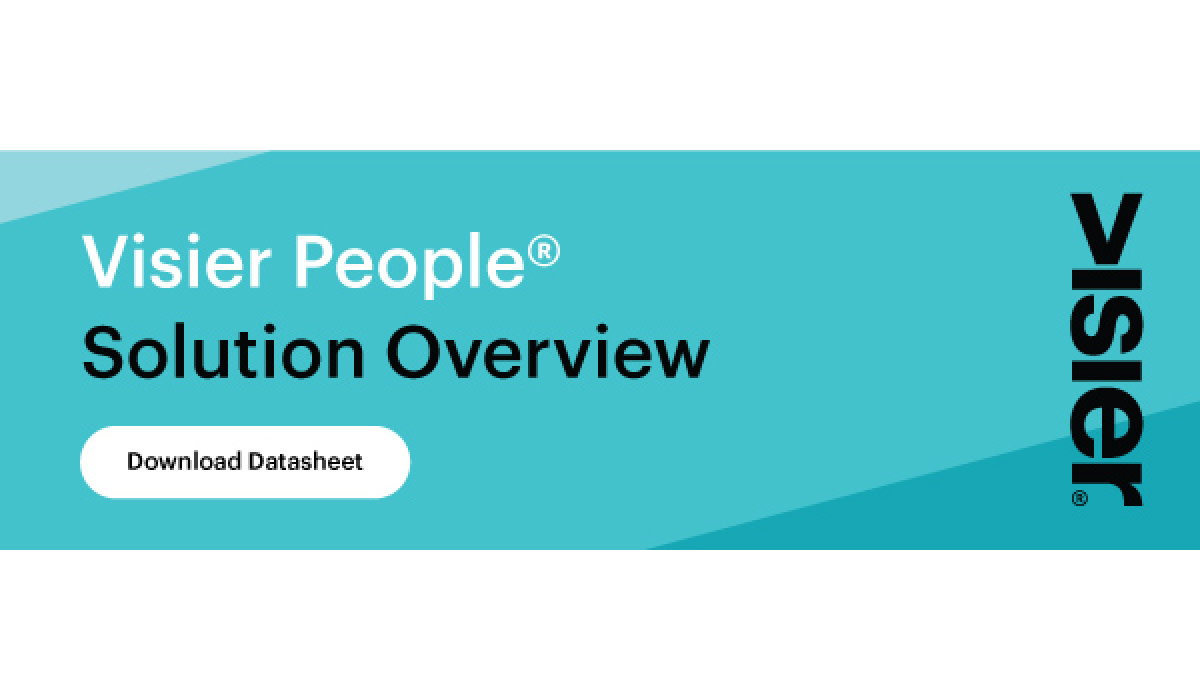How Standard Bank Plans to Increase People Analytics Business Partner User Adoption by 50%
Discover how Standard Bank decided to purchase–rather than build–their people analytics solution and how it allows insights scale across the organization.

Standard Bank Group is a financial institution offering banking and financial services to individuals, businesses, institutions and corporations in Africa and abroad. As the largest African banking group by assets, they have 55,000 employees operating in 28 countries worldwide.
A central tenet that Standard Bank has set up for future success has been the digitization of their organization; allowing them to be always on and always there to deliver their clients’ and employees’ needs in a secure, personalized, and relevant way.
To achieve this goal means working towards creating a workplace that encourages curiosity, digital thinking, and continuous improvement for quick and frequent refinement of ideas and brilliant delivery. Using data to guide decisions allows Standard Bank’s people analytics team to deliver personalized experiences for their clients and employees in real time, all the time.
Ready to make better decisions
“Shaping a workforce that is ready to meet our clients’ needs, now and in the future” is how Standard Bank defines their approach to creating sustainable value with employee engagement.

With people analytics, the ability to gain insight into the workforce to make the best decisions for Standard Bank’s employees are focused around three main objectives:
Strengthen decision-making and insight quality with analytics that provides a future-oriented focus
Empower line managers across the business with valuable people insights
Improve the ability to manage costs effectively with strategic workforce planning for future growth
Addressing data challenges
The people analytics team faced a number of challenges on how to best support the business and deliver optimal value:
1. Backward-looking reports lacked future-oriented focus to guide people decisions
The people analytics team realized that decisions were being made with reports that detailed what had previously occurred. The team needed a way to identify drivers of future performance across areas like engagement, turnover, and diversity to support business strategies and individual career aspirations.
2. Limited view of workforce visibility for line managers prevented critical people decisions from being fully informed
With monthly workforce reports sent out to Human Capital Business Partners (HCBPs) using QlikView, the HCBPs then had to spend time validating the data and formatting the reports for their respective line managers.
“This laborious and cumbersome process needed improvements in the interest of having optimal productivity for employees and resources,” said Ampie Swanepoel, Head of Reporting and Analytics – Human Capital at Standard Bank Group. “Decisions need to be made at a line manager level as they are best fit to make these types of decisions.”

Ampie Swanepoel, Head of Reporting and Analytics – Human Capital at Standard Bank Group
The ability to democratize insights to line managers was key in removing barriers of inefficiency.
3. Inability to monitor workforce plans strategically hindered the organization’s ability to be set up for a digital landscape with new skills and new consumers
Future growth has been centered around the transformation to a digital bank. How this shift impacts the business and its decisions needed insight on the range of scenarios that the future could unfold. Current processes were time-consuming with spreadsheets scattered across the business and manual consolidation needed. With no ability to monitor actuals against the plan, creating scenarios for future costs and future employee skills lacked insight and accuracy.
Buy over build to see value faster
A solution that had the comprehensive capability of monitoring the business, modelling outcomes, and planning for the future would allow Standard Bank to make the necessary changes as the business shifts.
To address the challenges the team faced–a future-oriented, democratized approach to planning for the future was needed. This meant that Standard Bank needed clear insight that connected their workforce decisions to business value.
When looking at the options to improve their decision-making, there were two main alternatives. The first option leveraged analytic tools that existed in the business: QlikView and Microsoft Power BI. These were currently used to provide monthly reports.
“If the team were to build additional models and metrics to address their key priorities, the complexity, resources, and time needed would have taken three to four years to complete” says Ampie.
The second option was to implement a pre-built people analytics solution that could immediately provide the insight needed to gain a holistic view of the workforce. As one of the main challenges of choosing an approach involved the speed, accuracy, and quality of insights, by the time an in-house solution was created, it would have been outdated.
Visier was selected to support the people analytics team with improved insights, better data quality, and more cost-effective planning. The team now has the ability to empower the organization with insights that connect all the right data.
“By the time we would have had something almost comparable with Visier up and running, we would have been outdated already. Investing in a best-of-breed and very focused talent analytics solution will help us move quicker and deliver best practice in the long term,” said Ampie.

This graphic shows a career path from plant operator to assistant GM at a fictional organization. It demonstrates what kind of insights are possible when the right data is connected together.
Equipping super users with answers
Measuring the organization’s strategic progress comes with a focus on the client, the employee, and the business risks and conduct to successfully bring financial, social, economic, and environmental outcomes for all Standard Bank’s stakeholders. This perspective that connects the entire organization means that for the people analytics team, connecting the dots across the value chain is mission critical.
As Visier becomes a key factor in the team’s approach to using people data to enhance employee engagement, the execution of their strategy will deliver value across the business.
Fitting Visier into Standard Bank’s processes has seen significant progress in a matter of months–from training 100 super users in the human capital team to enabling 300 business partners. As the team looks forward, a key milestone for the team is that in six months, they want 50% of their teams bigger than 50 people to be tapping into Visier’s capabilities on a regular basis. This means approximately 500 leaders that lead these larger teams will have access to the insights they need to make critical workforce decisions.
As Visier begins to roll out to the rest of the organization, the HCBPs are crucial in creating excitement around the speed and quality of insights they now have access to. With enablement across executive committee meetings, one-on-one conversations will follow to provide an executive overview that speaks to the priorities of the entire business. Areas like employee movement and turnover management will be highlighted as the people analytics team cascades the enablement roll out. Online learning and walkthroughs will ensure successful training as ongoing adoption highlights Visier’s ability to drive business value with employee engagement.
At Standard Bank, the decision to choose Visier has uncovered the opportunity to shape a workforce that meets the needs of their clients, now and in the future. With people analytics, a future-oriented outlook that supports cost effective decisions and empowers line managers across the business will be an exciting reality in the coming months.


